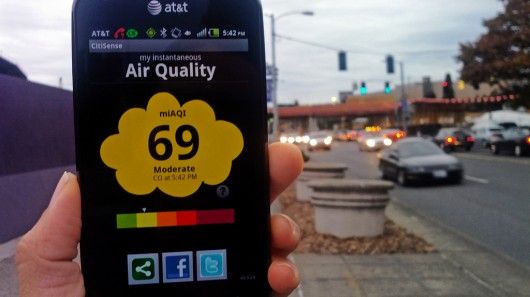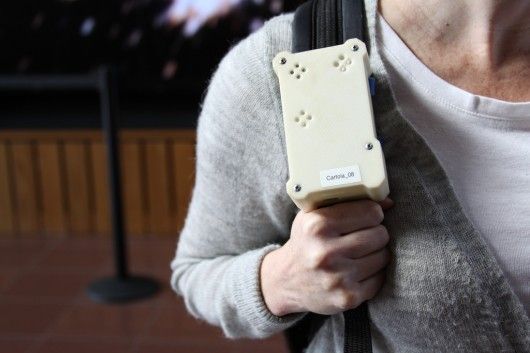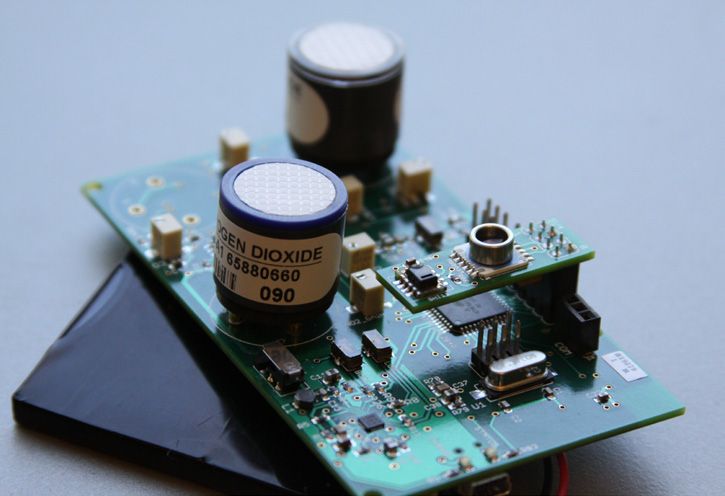New publications
Smartphone will detect air quality
Last reviewed: 01.07.2025

All iLive content is medically reviewed or fact checked to ensure as much factual accuracy as possible.
We have strict sourcing guidelines and only link to reputable media sites, academic research institutions and, whenever possible, medically peer reviewed studies. Note that the numbers in parentheses ([1], [2], etc.) are clickable links to these studies.
If you feel that any of our content is inaccurate, out-of-date, or otherwise questionable, please select it and press Ctrl + Enter.
American engineers have developed miniature sensors that will allow a person to monitor air quality in real time using their smartphone. Scientists emphasize that these devices will be especially useful for people suffering from chronic diseases, such as bronchial asthma or allergies, in which the patient must avoid exposure to pollutants.

CitiSense is the name of this device, which is currently the only one capable of monitoring air quality in real time and displaying the test results on smartphone and computer screens.
Many people believe that the air pollution occurs uniformly and therefore the level of concentration of harmful gases in the air is the same. However, this is not true, the air is polluted unevenly, and in the area of busy highways, for example, the level of harmful gases will be significantly higher than away from major roads.
Information about the air condition is available not only to the owners of the device, but also to anyone interested in it. Devices equipped with sensors form a network that generates information about a certain area.
The quality of the air a person breathes makes a huge contribution to their health, so we need to take it more seriously. Probably, most people think little about it because they have no way of knowing how polluted the air is in the place where they are, so it is easier to think that we breathe clean air, and not breathe a mixture of harmful gases.

With CitiSense, it's easy to find out how clean your air is - the EPA color scale will display a specific color; if you see green, there's no threat, but purple indicates that not everything is as good as it may seem.
The developers of this device, employees of the University of California, hope that with the help of CitiSense people will treat their health more carefully and avoid those polluted areas that the sensor signals. In addition, this will be an additional motivation for residents of dangerous areas not to turn a blind eye to the problem, but to seek help from local authorities.

30 people, participants of the experiment, were the first to try the new technology. They received prototypes of the CitiSense sensor and used them in their daily lives for a month. It turned out that the most polluted areas are densely populated areas. It was also found that those people who make their contribution to eliminating air pollution, unfortunately, suffer the most. Cyclists and people who waited at a public transport stop were at the greatest risk. But car drivers, on the contrary, although they produce exhaust gases, suffer from their effects much less.
At the moment, CitiSense are quite heavy devices and cannot be integrated into smartphones, but soon the integration of sensors will be possible, and with mass production, the price for them will be affordable for everyone.
 [ 1 ]
[ 1 ]
